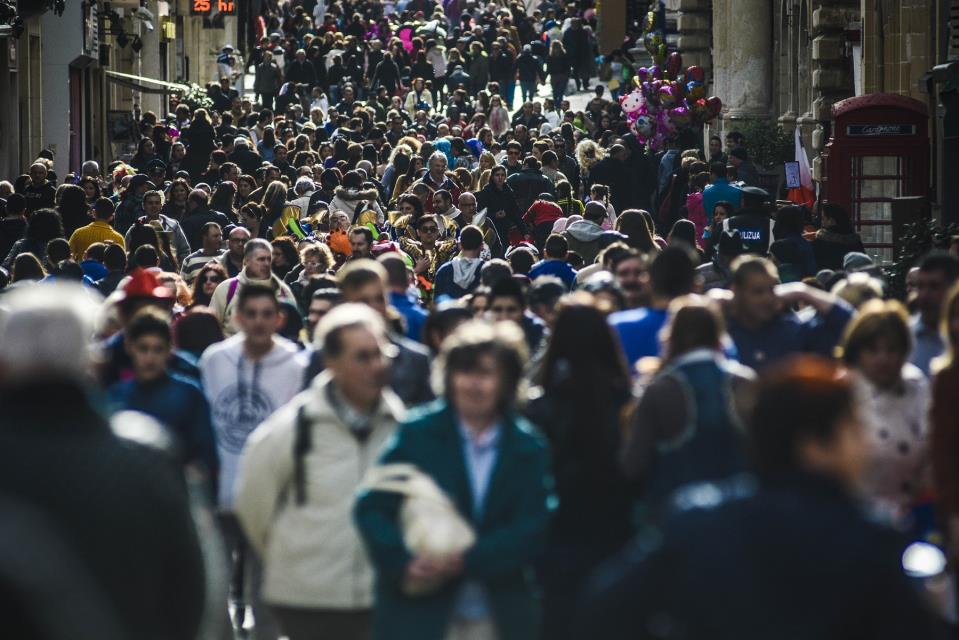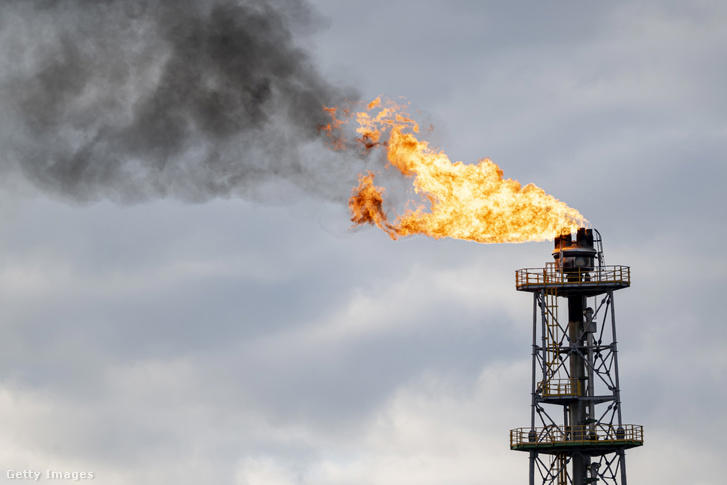
The effective population of Malta peaked at 628,058 in 2023, with that number being registered during August, “the peak tourism month”, the National Statistics Office stated.
A country’s effective population includes both the resident population as well as the short-term population, which includes tourists. The NSO said that the concept of an effective population helps to understand the total number of people present in a country at any given time, as it accounts for both permanent residents as well as temporary visitors.
The NSO said that the effective population fluctuates on a monthly basis due to the seasonality of tourism. It continued that during the lowest tourism month, that being December, the effective population stood at 562,591, with 9,857 being tourists. It added that in August, 75,324 tourists were included as part of the 628,058 number for the effective population. That means that from the lowest to the highest tourism months in 2023, there was a difference of 65,467 people in the effective population.
The NSO said that in 2023, a mid-year population of 552,734 was registered, with an additional 40,012 tourists estimated to be presented, resulting in a mid-year effective population of 592,746. According to the statistics, Malta’s effective mid-year population in 2022 was 565,120. The NSO commented that between 2016 and 2023, Malta’s effective population increased by 22%, or 107,506.
Based on statistics going over population by district in 2023, the districts with the highest population and the districts with the highest tourist population were not directly correlated.
In 2023, the districts in order of highest to lowest population were the Northern Harbour, the North, the Southern Harbour, the South East, the West, and finally, Gozo and Comino.
Looking at the districts in terms of highest to lowest tourist population, it was the Northern Harbour, the North, the Southern Harbour, Gozo and Comino, the South East, and finally, the West. The Northern Harbour had a tourist population of 21,087 in 2023, followed by the Northern region, which had 13,508.
With that said, the Northern district had the highest proportion of tourists at 11.7%, followed by the Northern Harbour district at 10.9%.
The NSO describes tourism intensity as a key sustainable tourism indicator. It continued that tourism intensity measures the presence of tourists relative to the resident population, and that it does this by combining the number of nights spent by tourists and the local population. “By definition, tourism intensity is the number of tourist nights in all forms of accommodation, both rented and non-rented, per 100 residents per day,” it stated.
It added that tourism intensity is proportional to the tourist population and inversely proportional to the resident population.
Going over available statistics, the NSO said that tourism intensity rose from 6.9 in 2016 to 7.2 in 2023, indicating more tourists per 100 residents. It said that at the district level, the Northern district and the Northern Harbour district had the highest tourism intensities.
Meanwhile, at the locality level, St Julian’s had the highest tourism intensity during August 2023, reaching 128.8. Data from the NSO shows that St Julian’s effective population went up to 30,935 during that time.












